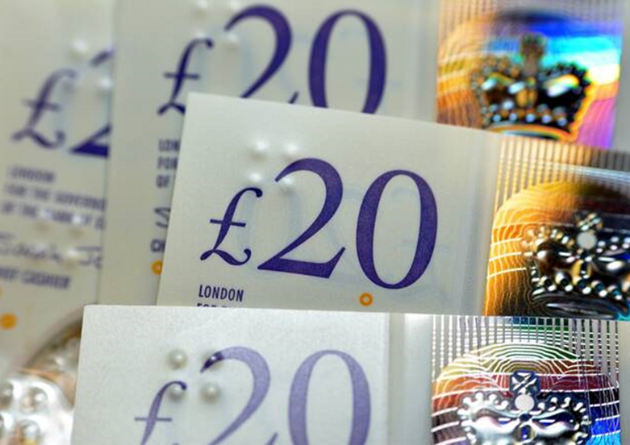Pound Rises Against US Dollar as Trump's Tariff Plans Seem Less Concerning

- rabeelrana
HG MARKETS:
The British Pound (GBP) has been gaining strength against the US Dollar (USD), reaching near 1.2500. This upward movement comes as the US Dollar loses some of its early-week gains, driven by reduced demand for the currency after President Trump delayed tariffs on Canada and Mexico. Trump’s decision to postpone imposing tariffs, particularly a 25% levy on steel and aluminum, is seen as a strategic negotiation move. It suggests that the US might be trying to secure better deals with these countries, particularly as they agree to cooperate on criminal enforcement. This decision has relieved some of the pressure on the markets, easing concerns about an immediate trade war.
However, while this move has calmed fears about escalating trade tensions between the US and its North American neighbors, investor sentiment remains cautious due to ongoing trade tensions with China. Following Trump’s announcement of a 10% tariff on Chinese imports, China quickly retaliated by imposing its own tariffs on US exports, such as agricultural products, some vehicles, and energy resources like coal and liquefied natural gas (LNG). This ongoing US-China trade dispute continues to weigh heavily on the market, as the uncertainty surrounding the trade war is contributing to investor reluctance to fully commit to riskier assets.
On the economic front, the US is awaiting important data releases, which will play a role in shaping market expectations. The ADP Employment Change report, which tracks private sector job growth, is expected to show an increase of 150,000 jobs in January, up from the 122,000 added in December. A strong employment report would indicate a healthy labor market, boosting confidence in the economy. Additionally, the ISM Services Purchasing Managers’ Index (PMI), which measures the health of the services sector, is forecasted to rise slightly to 54.3 from 54.1. A PMI above 50 indicates expansion in the sector, suggesting that the services part of the economy is continuing to grow.
The data from these reports will influence how markets view the Federal Reserve’s future actions regarding interest rates. If the employment figures and services sector data come in stronger than expected, it could signal that the US economy is performing well, potentially leading to expectations that the Fed will raise interest rates sooner than anticipated. On the other hand, weaker data could signal that the economy is not as robust, which may lead to speculation that the Fed might keep interest rates steady or even lower them to support economic growth. Ultimately, these developments will affect the value of the US Dollar, as interest rate changes can make dollar-denominated assets more or less attractive to investors.
